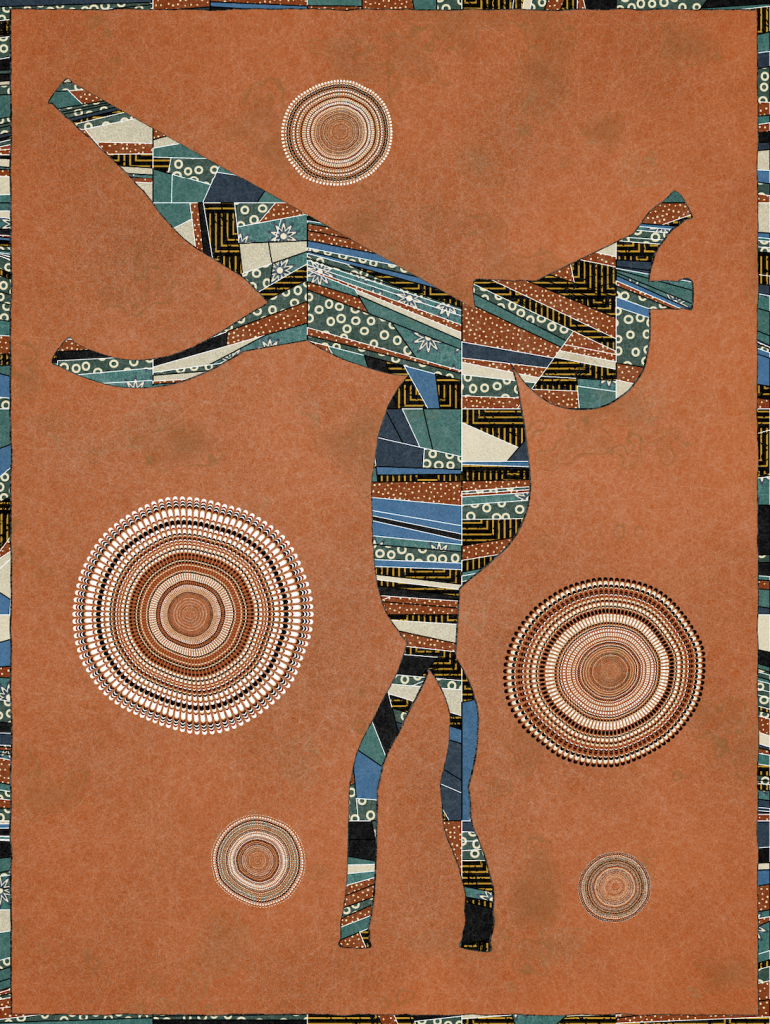Pratiksha Shome
masculine, blond, and best seller. The kings of the current generative art scene—Tyler Hobbs, Dmitri Cherniak, Larva Labs, and Jack Butcher—can all relate to this tagline. Unfortunately, the top creators of the probably original and most lucrative NFT genre—a shout-out to Bridget Riley—largely replicate the homogeneity of its analogue forebears.
Emily Xie, a generative artist living in New York, is well aware of this disparity. In reality, she applies it to the field of software engineering as well, where she worked up until a little more than a year ago. Since then, she has been able to code and mint full-time thanks to the success of her teasing, textured generative NFTs.
In her most recent series, “Interwoven,” Harvard-educated artist Xie continues to challenge what has traditionally been a man’s world. She produced 100 NFTs that debuted on June 7 and were inspired by generative quilts.
Remembrance of Things Future, a joint blockchain project by the Los Angeles County Museum of Art and Cactoid Labs, has released its newest installment, “Interwoven,” which challenges digital artists to parody works in the museum’s collection. Old textiles at LACMA immediately drew Xie in, but she focused on one quilt from the late 19th century that was hidden away in the archives: Martha Lou Jones’s “Bullseye,” a kaleidoscope of tawny-colored vortexes that from a distance appears to be framed by rope and rusty leather.
According to Xie of Artnet News, “on a visual level, it embodies generative art as it captures a strong tension between the human and the computational.” I was interested in examining the similarities between algorithmic procedures used in quilting and generative art.
Although Jones’ quilt was not computer-programmed, the precise grid of squares and circles is unmistakably suggestive. However, if you lean (or zoom) in a bit, you can see the flaws and differences, which caught Xie’s attention and inspired her creative work.
Computers and textiles have historically had some lovely interactions with one another. The jacquard loom, which employed punch cards to create weaving patterns and inspired English scientist Ada Lovelace to create an algorithm for a mechanical computer system known as the Analytical Engine, serves as a forerunner to early computers. Computers are inspired by looms, and vice versa.
Read more on Artnet news






